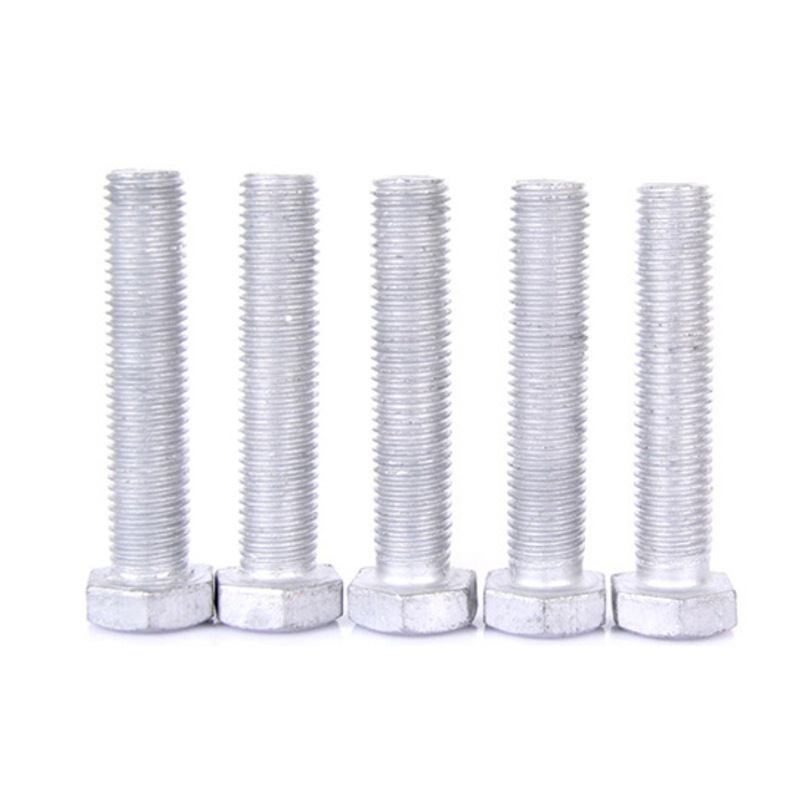

Exploring Various Types of Fixings and Fasteners for Every Construction Need
Oct . 17, 2024 08:32 Back to list
Exploring Various Types of Fixings and Fasteners for Every Construction Need
Understanding Fixings and Fasteners Essential Components in Construction and Manufacturing
In the realm of construction and manufacturing, fixings and fasteners play a vital role in ensuring the structural integrity and longevity of various products and structures. While these terms are often used interchangeably, they refer to distinct categories of hardware that serve different functions. This article delves into the definitions, types, and importance of fixings and fasteners in various applications.
Defining Fixings and Fasteners
Fixings refer to hardware products designed to hold components together securely. They are often used to attach materials to surfaces or to connect disparate parts. Common examples include wall anchors, brackets, and clamps. Fixings typically provide additional support and stability, ensuring that structures can withstand various forces, such as tension and compression.
On the other hand, fasteners are devices specifically created to mechanically join two or more objects together. These include screws, bolts, nuts, and rivets. Fasteners are integral in assembling parts and are characterized by their ability to be easily removed and replaced, making them a preferred choice in both permanent and temporary applications.
Types of Fixings and Fasteners
The world of fixings and fasteners is vast, with numerous types designed for specific purposes. Here are some of the most common varieties
1. Screws Among the most widely used fasteners, screws have a helical ridge, known as a thread, that allows for a strong grip when driven into materials. They are available in various sizes and materials, including wood screws, machine screws, and self-tapping screws.
2. Bolts Typically used for heavy-duty applications, bolts are larger fasteners that require a nut to secure them in place. They are ideal for holding together machinery, structural components, and other robust assemblies.
3. Nuts A nut is a hexagonal piece of hardware with a hole in the center that fits onto a bolt. Together, they create a strong fastening system, often paired with flat washers to evenly distribute the load.
4. Anchors These are critical fixings used to attach objects securely to walls, ceilings, or floors. Wall anchors and masonry anchors are designed to provide stability in materials such as drywall and concrete.
fixings and fasteners

5. Rivets Used in applications where a permanent fastening solution is needed, rivets are cylindrical rods that are inserted through aligned holes in the materials being joined. Once inserted, the ends are deformed to hold the materials tightly together.
6. Clamps Clamps are versatile fixings that temporarily hold components in place during assembly or while curing adhesives. They come in various styles, including C-clamps, pipe clamps, and spring clamps.
Importance in Various Applications
Fixings and fasteners are essential across numerous industries, from construction and automotive to aerospace and electronics. Some key reasons for their importance include
- Safety and Stability In construction, the safety of a building or structure depends on the quality and strength of the fixings and fasteners used. Properly installed fasteners ensure that structures can withstand environmental stresses such as wind, seismic activity, and load-bearing requirements.
- Efficiency and Time-Saving The right choice of fasteners can significantly enhance the efficiency of assembly processes. Quick-install fasteners and pre-drilled holes minimize the time taken during construction or assembly.
- Cost-Effectiveness Using appropriate fixings and fasteners can lower long-term maintenance costs. They prevent wear and tear, minimizing the likelihood of structural failures that could lead to costly repairs.
- Aesthetic Considerations In addition to functionality, many fixings and fasteners are designed with aesthetics in mind. Decorative fasteners can enhance the visual appeal of furniture and architectural features while still providing strength.
Conclusion
In conclusion, fixings and fasteners are fundamental components in construction and manufacturing, providing the necessary strength and stability to a wide range of applications. Understanding the differences between the various types of fasteners and fixings, along with their specific uses, is crucial for anyone involved in building or assembling products. As technology continues to evolve, the materials and designs of these essential components will undoubtedly advance, further improving their performance and effectiveness in ensuring safety and durability in our everyday structures. Whether you are a DIY enthusiast or a professional contractor, recognizing the importance of fixings and fasteners is paramount for successful projects.
Latest news
-
High-Strength Hot Dip Galvanized Bolts - Hebei Longze | Corrosion Resistance, Customization
NewsJul.30,2025
-
Hot Dip Galvanized Bolts-Hebei Longze|Corrosion Resistance&High Strength
NewsJul.30,2025
-
High-Strength Hot-Dip Galvanized Bolts-Hebei Longze|Corrosion Resistance&High Strength
NewsJul.30,2025
-
Hot Dip Galvanized Bolts-Hebei Longze|Corrosion Resistance&High Strength
NewsJul.30,2025
-
Hot Dip Galvanized Bolts - Hebei Longze | Corrosion Resistance, High Strength
NewsJul.30,2025
-
High-Strength Hot Dip Galvanized Bolts-Hebei Longze|Corrosion Resistance, Grade 8.8
NewsJul.30,2025

